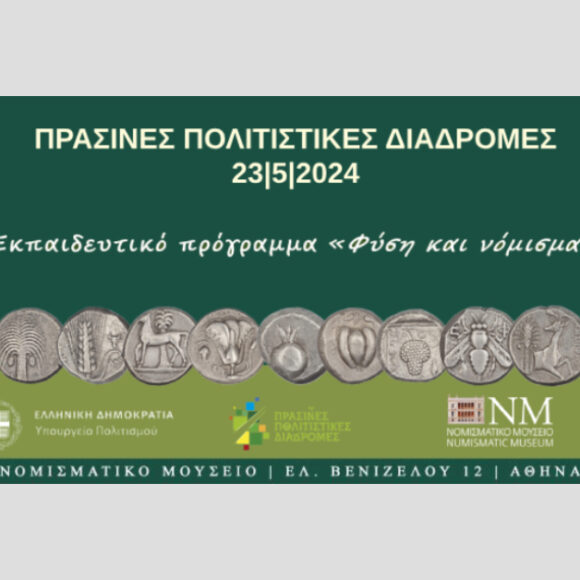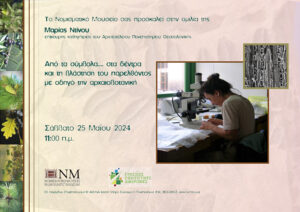The Byzantine Empire was the continuation of the Roman Empire in the Eastern Mediterranean, a fact that is also reflected in the gradual transition from Roman to Byzantine currency.
Author: NMA
Currency in the Western and Eastern Medieval Worlds
In the West, the Peoples of the Great Invasions minted coins in the 5th century following late Roman and Byzantine models. In the mid-8th century, the foundations of the Western European monetary system were laid, which until the 12th century was characterized by the dominance of silver.
Currency in the modern and contemporary world
Since the 16th century, the creation of major trading powers in Europe and the abundance of precious metals have created the conditions for the issuance and circulation of many large gold and silver coins.
The currency in the new Greek state
The palm trees cut by Ioannis Kapodistrias in 1828 were the first national coins of the new Greek state. The drachma, first issued by Otto in 1832, formed the basis of the Greek monetary system until it was replaced by the euro in 2002.
The Ilium Melathron and Heinrich Schliemann
The room is dedicated to Ilios Melathron, a monumental residence in the heart of 19th-century Athens, and to the special personality and love of antiquities of its first resident, Heinrich Schliemann.
Currency in the ancient Greek world – Genesis, spread
The Hall of the Hesperides presents the genesis of currency, its manufacturing method and the spread of its use in the ancient Greek world. In the 6th century BC, Greek city-states began issuing their own coins.
Currency in the ancient Greek world – International and common currencies
The use of currency spread throughout the then known world through the Greek colonies in the Mediterranean and the Black Sea. The tetradrachm of the Athenian Republic and the tetradrachm and gold stater of Alexander the Great became the "international" coins of the Classical and Hellenistic eras due to their wide distribution.
“Nature and Currency” at the Numismatic Museum
The Numismatic Museum participated for another year in the “Green Cultural Routes” by organizing educational activities related to the celebration for students and the general public with the ultimate goal of promoting the plant world through the coins and plants of its garden. The Green Cultural Routes are a communication action of national scope, organized...
Speech by Assistant Professor of Aristotle University of Thessaloniki Maria Dinou
From symbols… to trees and vegetation of the past guided by archaeobotany Within the framework of the Green Cultural Routes 2024 action, the Numismatic Museum has the honor to host the speech of Maria Dinou, assistant professor of the Aristotle University of Thessaloniki. On the occasion of forest and plant species that also appear on...
On Olympus: A Photographic Journey through the Nature and Pilgrimages of Pieria
As part of the Ministry of Culture’s communication campaign “Green Cultural Routes 2024”, the Numismatic Museum, in collaboration with the Holy Metropolis of Kitros, Katerini and Platamonas, the Regional Unit of Pieria, and the Pierian Tourism Development and Promotion Organization (POTAP), presents the photography exhibition entitled “On Olympus: A Photographic Journey through the Nature...









